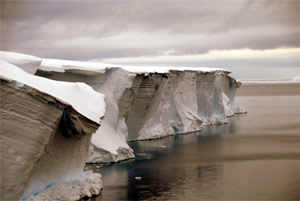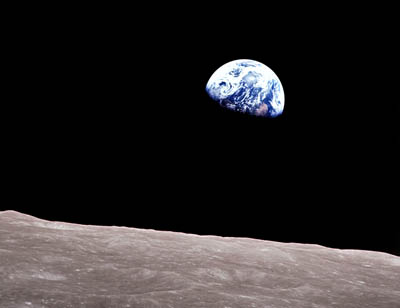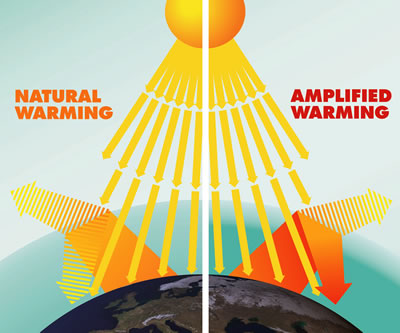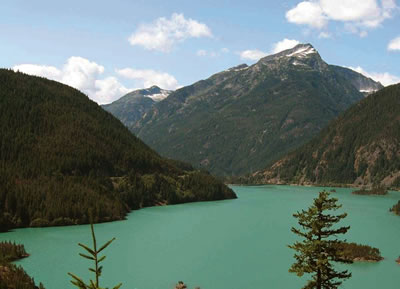Literacy Frameworks for Earth System Science Education
Astronauts were the first to view the Earth in its entirety in 1968 as they traveled to the moon during NASA's Apollo 8 mission. They were deeply moved by the beauty and apparent fragility of their home planet, which they described as a small blue and white marble floating in the darkness of space. As scientists and the public studied photographs of Earth as seen from space, they could clearly identify the unique combination of components of the Earth as compared to other planets in our Solar System - the atmosphere, oceans, continents, and polar ice caps. Due to the sustained flow of energy from the Sun, the interdependency of physical and chemical processes with living things, and the climate that sustains them, the Earth is a dynamic and complex system. Since 1968, the field of Earth system science has developed as an interdisciplinary effort to describe, model, and understand the Earth's components, their interactions, and change over time, also known as climate system science. There is growing scientific evidence that the human population's need for water, food, shelter, energy, and living space places great demands on Earth's limited natural resources. Scientists conclude that human activities are also driving global climate change. Therefore, we must apply knowledge of the Earth system science in making personal decisions and developing public policies. Earth system science literacy means that we understand how our planet functions as a system of interdependent, interconnected parts on which all living things depend, and that we use this knowledge to make decisions that affect Earth's sustainability. A set of conceptual frameworks have been developed to describe what we should know to be literate about the Earth system - the atmosphere, oceans, earth, and climate. Presented below, these frameworks are descriptive of aspects of the Earth when considered alone, and complementary to each other in describing the entire Earth system. They are intended to be useful to promote informed decision making in all sectors of society. In order to facilitate their use in the nation's K-12 classrooms, they are linked to science education standards and benchmarks. |














